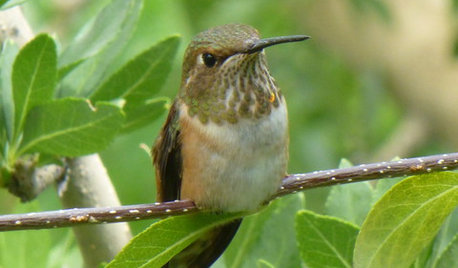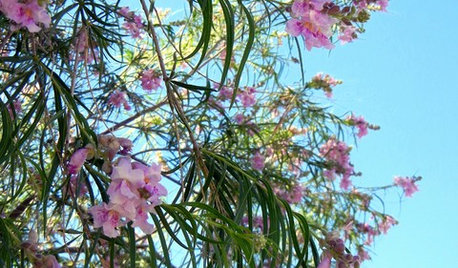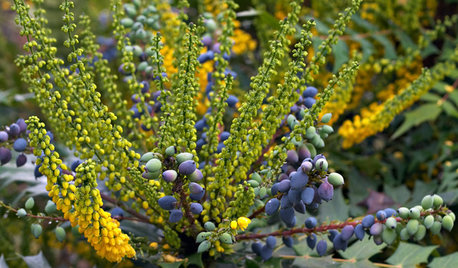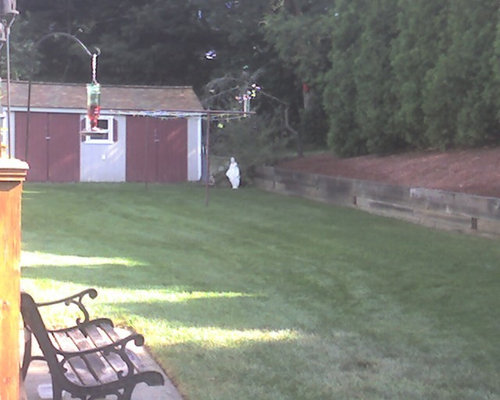hummingbird butterfly garden layout recommendations
Ed36
11 years ago
Related Stories

GARDENING GUIDESAttract Hummingbirds and Bees With These Beautiful Summer Flowers
Roll out a welcome mat for pollinators to keep your landscape in balance and thriving
Full Story
GARDENING GUIDES8 Flowers That Hummingbirds Adore
To draw those mesmerizing little birds to your garden or doorstep, plant these flowers that are attractive in more ways than one
Full Story
GARDENING GUIDESBackyard Birds: Invite Entertaining Hummingbirds Into Your Garden
Hummingbirds — unique to the Americas — zip through open landscapes seasonally or year-round. Here’s how to attract them
Full Story
GARDENING FOR BUTTERFLIESButterfly Gardening: Delight the Eyes With Living Sculptures
Surprise and thrill with a garden that attracts magical winged creatures, bringing color, movement and life
Full Story
GARDENING FOR BUTTERFLIESBe a Butterfly Savior — Garden for the Monarchs
Keep hope, beauty and kindness alive in the landscape by providing a refuge for these threatened enchanters
Full Story
GARDENING GUIDES6 Plants That Beat Butterfly Bush for the Wildlife Draw
It's invasive, a nonnative and a poor insect magnet. Check out these better alternatives to butterfly bush in the garden
Full Story
LANDSCAPE DESIGNGreat Design Plant: Paint the Summer Landscape With Desert Willow
If the vibrant flowers of this Southwestern native tree don't blow you away, the hummingbirds, fire resistance and low maintenance will
Full Story
CALIFORNIA NATIVE PLANTSGreat Design Plant: Asclepias Is Attractive to Monarch Butterflies
Increase monarch butterfly populations in California by planting stunning native milkweeds
Full Story
GARDENING FOR BUTTERFLIESGreat Design Plant: 'Charity' Oregon Grape
Giving nectar to hummingbirds and delicious berries to all, 'Charity' is a four-season garden delight that lives up to its name
Full Story
NATIVE PLANTSGreat Design Plant: Wild Bergamot, Friend of Foragers
Nourish butterflies and other winged creatures with the tubular flowers of Monarda fistulosa, a pretty pink native
Full StoryMore Discussions








KC Clark - Zone 2012-6a OH
larry_gene
Related Professionals
Waterbury Landscape Contractors · Tempe Landscape Contractors · Brookside Landscape Contractors · Barrington Landscape Contractors · Battle Ground Landscape Contractors · Brooklyn Park Landscape Contractors · Mercedes Landscape Contractors · Vancouver Landscape Contractors · Tyngsboro Landscape Contractors · Bensenville Landscape Contractors · Lees Summit Window Contractors · Savannah Window Contractors · Indian Creek Window Contractors · Missouri City Window Contractors · Plainview Window Contractorsdocmom_gw
KC Clark - Zone 2012-6a OH
Leafhead
Leafhead
KC Clark - Zone 2012-6a OH
Leafhead
Mary Leek
Leafhead
KC Clark - Zone 2012-6a OH
KC Clark - Zone 2012-6a OH